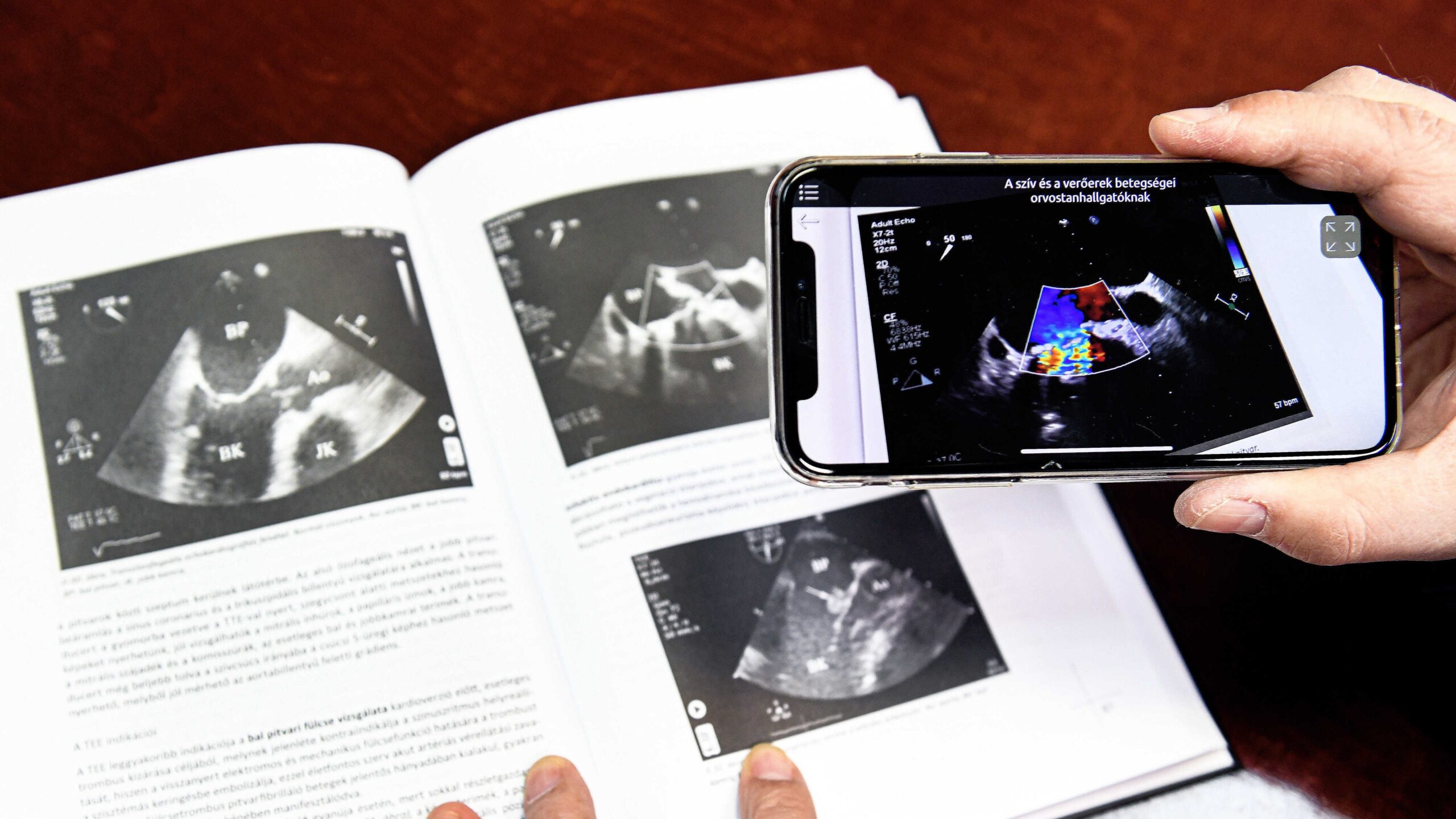Astronomers using the James Webb Space Telescope (JWST) recently made a remarkable discovery. They spotted a red supergiant star shrouded in thick dust just before it exploded as a Type II supernova. This finding, made with support from the Hubble Space Telescope, sheds light on a long-standing cosmic mystery known as the ‘red supergiant problem.’

Solving the Red Supergiant Puzzle
For years, astronomers struggled to understand how red supergiants evolve and explode as supernovae. These massive stars often become hidden behind dense clouds of dust, making them difficult to observe in their final stages. Thanks to the advanced infrared capabilities of JWST, scientists can now peer through this dust and study these doomed stars up close. This breakthrough observation provides crucial evidence about how red supergiants end their lives, offering new answers to how they act as progenitors for some of the Universe’s most dramatic explosions.
Impact on Supernova Research
The insights gained from this discovery will help astronomers better predict and understand supernova explosions. This not only solves a major astrophysical problem but also deepens our knowledge of stellar evolution and the cosmic cycles that shape galaxies. Stay tuned as JWST continues to revolutionize our understanding of the Universe.
Sources:
Universe Today – The JWST Spots A Doomed Star Entombed In Thick Dust








